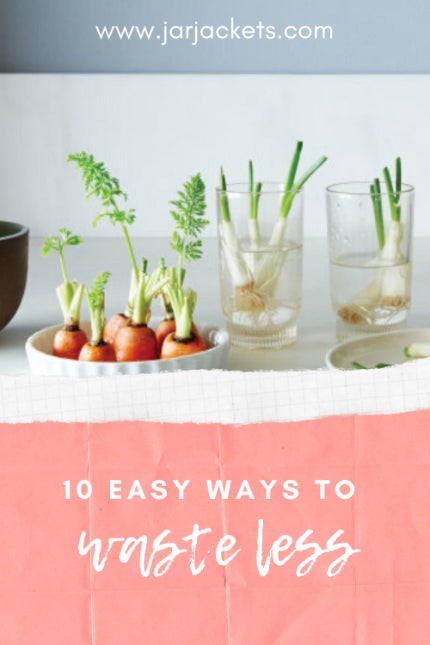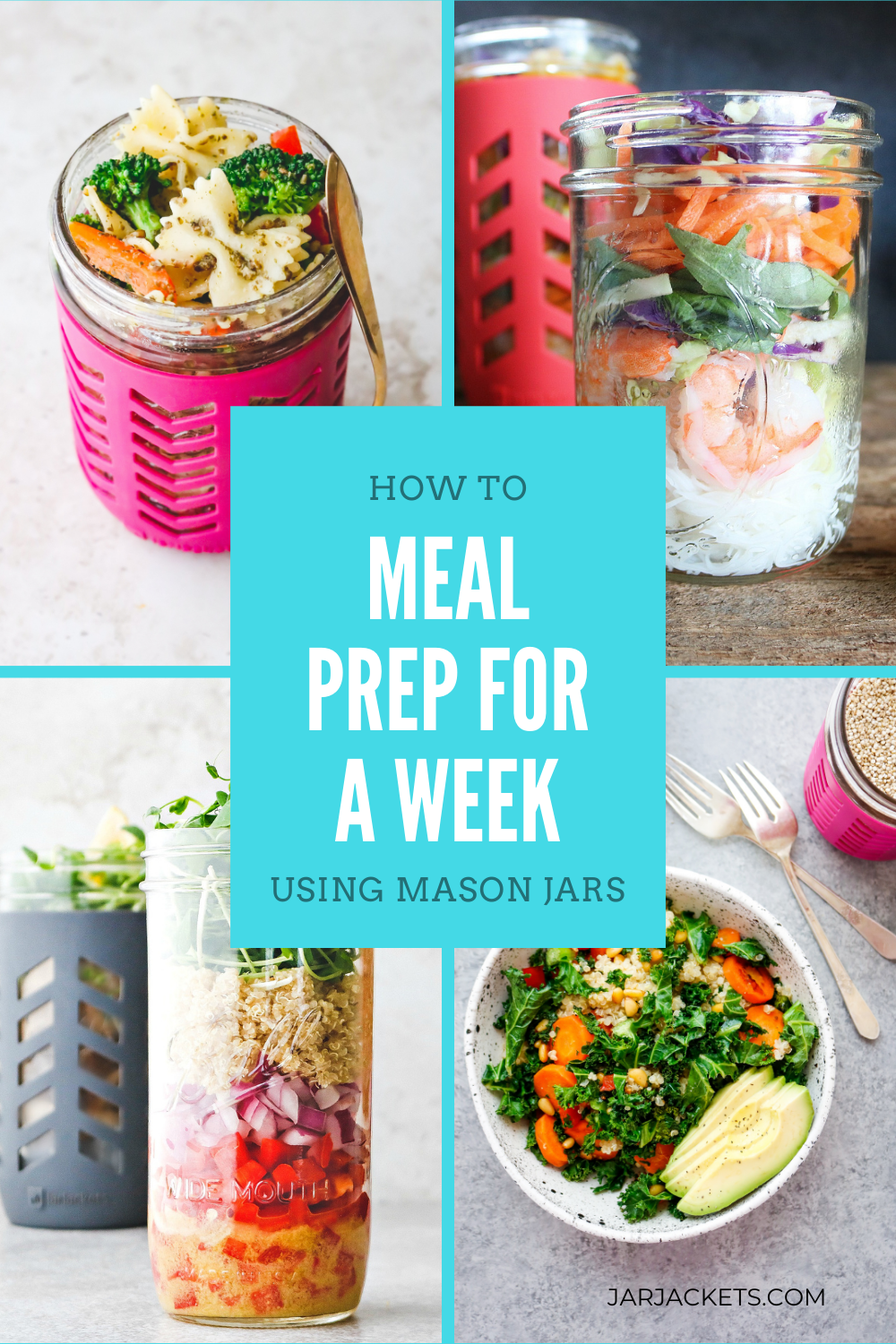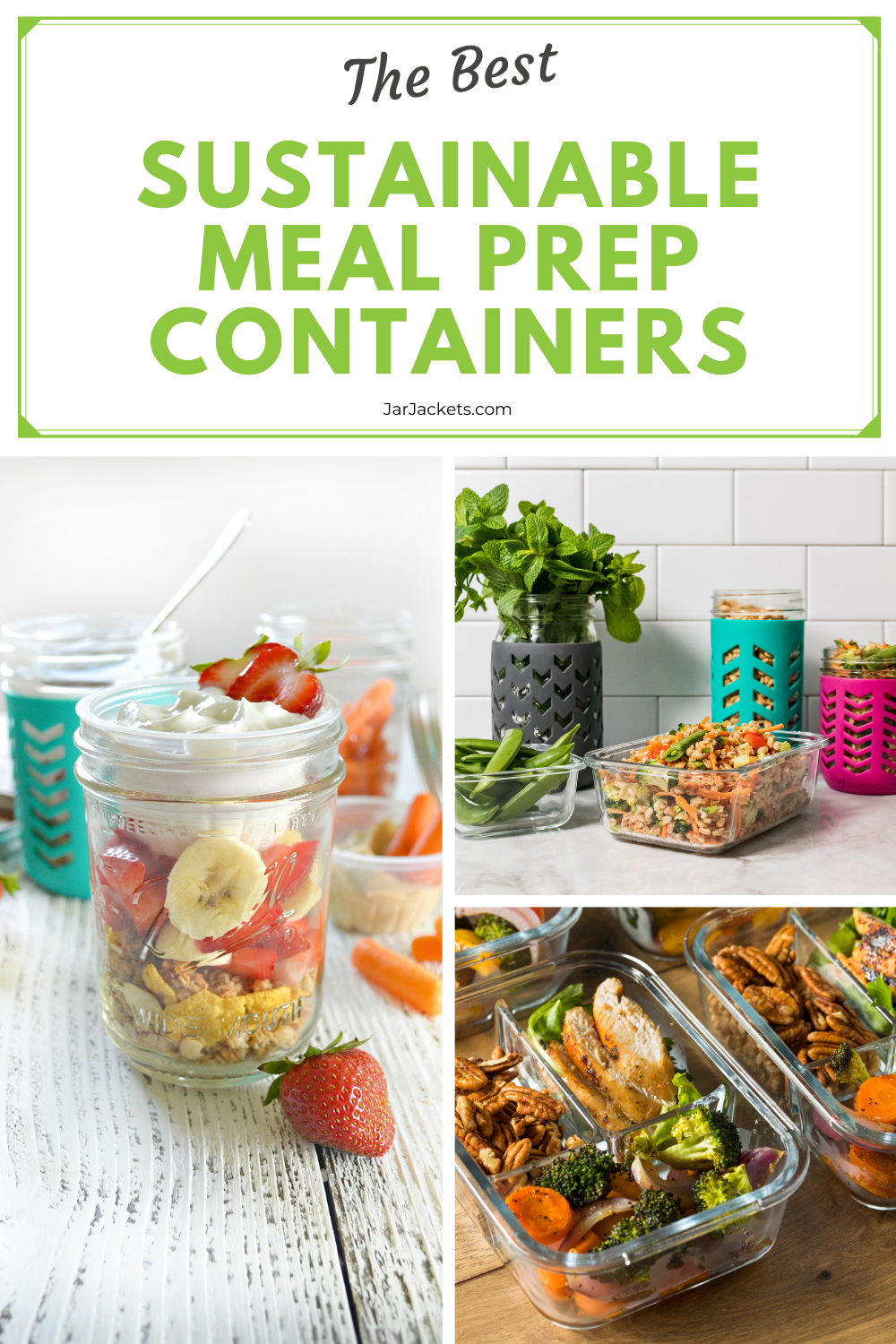Your Cart is Empty
FREE SHIPPING (US ONLY) ON ORDERS OVER $20
FREE SHIPPING (US ONLY) ON ORDERS OVER $20
July 24, 2020 4 min read

In the United States, food waste is estimated at between 30-40% of the food supply. That's 80 billion pounds of food annually and equates to more than $161 billion and approximately 219 pounds of waste per person. But we can all do our part to help reduce the food waste in our own homes. (Bonus: You might even save some money while you're at it!)
According to the USDA, food waste makes up approximately 18% of the trash stream in the United States. To save food dollars and avoid that unwanted science experiment in your produce drawer, eat your most perishable items (such as berries) first. Save heartier produce (such as apples or sweet potatoes) for later in the week. Frozen fruits and vegetables are always smart strategies; they won’t spoil if your dinner plans change.
Sure, you’re already using your reusable totes. But many stores now let you go a step further, allowing you to bring clean, reusable glass jars or mesh bags to load up foods from the bulk-bin aisle, produce section, kombucha counter and more. The bonus with this strategy is that these shopping containers double as sustainable storage options back at home.

You can turn fruit and vegetable scraps, eggshells, coffee grounds, tea bags and more into garden gold with a basic compost bin. Don’t have a garden? Your local garden club or community garden may be thrilled to take it, and some communities pick up organic kitchen waste on garbage-collection day. Call your city and find out if they offer kitchen organics pickup.
Don’t toss those mint sprigs or bits of onion bulb into your compost pile; water and a windowsill can work wonders to help them regenerate into something delicious you can enjoy a second time. Place in a small glass of water or shot glass to help the roots sprout, then replant in your garden or a small kitchen container and watch them grow into another plant.
As a general rule, don’t store fruits and vegetables together as they can cause certain produce to spoil. (Fruits give off high levels of ethylene, a gas that speeds ripening.) Pack produce loosely together to allow for airflow, and make sure it’s dry when you store it. Some fruits will ripen if left on the counter (such as avocados, apples or stone fruits) while more perishable fruits like berries should be chilled. Store potatoes, onions and garlic in a cool, dark corner of your pantry.

Add your kitchen brush to your next dishwasher load, and it will come out squeaky clean. And researchers at the University of Florida found that microwaving a completely wet (never dry, as that’s a fire hazard) sponge for two minutes in the microwave on high can kill or inactivate more than 99% of living pathogens.
Save money and reduce your environmental impact by tapping your tap. (Bottled water is more than 300 times as expensive as tap water, yet Americans consume billions of bottles each year.) Use your favorite reusable glass, BPA-free, or stainless steel containers to sip more sustainably. Crave bubbles? Buy a DIY drink carbonation system, and add a squeeze of fresh citrus for refreshing flavor and vitamin C.
According to the USDA, "sell by" dates tell the store how long to display a product for sale, while "use by" and "best if used by" dates typically refer to peak quality and not food safety. If stored properly, food that's slightly past those dates can still be safe.
Make pestos from extra greens and freeze in ice cube trays for a burst of flavor. Turn leftover bread heels into crispy bread crumbs. Upcycle things like potato peels, carrots, parley stems and fennel fronds into a nourishing broth. Mash overripe fruits into breads or muffins. Slice and freeze ripe bananas for the perfect addition to smoothies.
In the US, you can find no-waste grocery stores such as ingredients in Austin and ZERO market in Denver, while Canada has stores such as GREEN Zero Waste Grocery in Salt Spring Island, British Columbia, and Méga Vrac in Montreal. So even if there’s not one near you yet, odds are one is coming. This innovative concept tackles the need to curb food waste and excess packaging while also building a shopping experience filled with an abundance of minimally processed, whole foods.
Written by Kate Geagan for Clean Eating Magazine and legally licensed through the Matcha publisher network. Please direct all licensing questions to legal@getmatcha.com.
At JarJackets we believe mason jars + silicone mason jar sleeves are an excellent way to reduce the use of plastic and single-use containers while protecting jars from breakage.
Some of our favorite uses include:
Download our FREE Food Preservation Guide to learn more about how to reduce waste in the kitchen!
Comments will be approved before showing up.

April 26, 2025 6 min read
We all like the idea of making our families healthy meals, saving money and doing our part to cut down on waste.
But we also like the idea of getting a good night’s sleep, not having a huge mess to clean up in the kitchen after dinner and — just maybe — having time to watch a bit of Netflix or read a book.

April 16, 2025 4 min read

April 09, 2025 2 min read